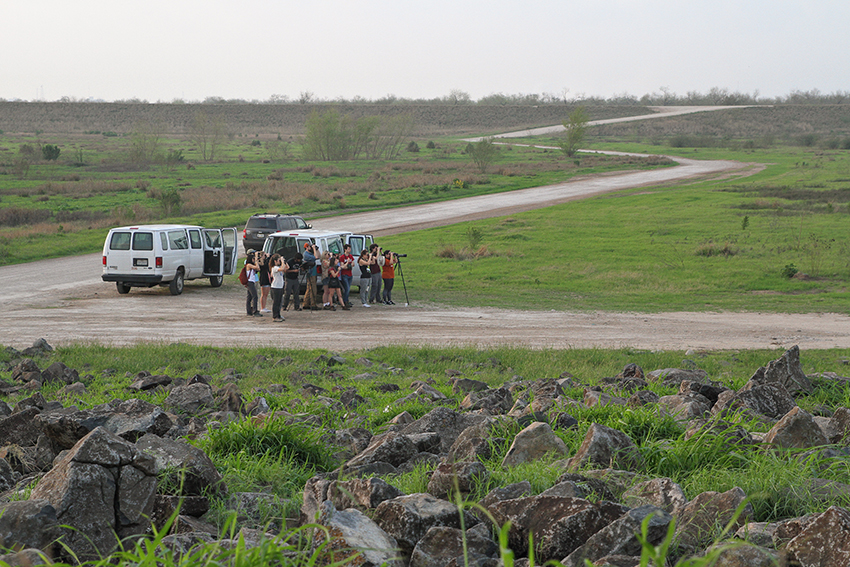With efforts to construct a wall along the U.S.-Mexico border ramping up, several UT biologists wrote a letter saying the proposed wall could destroy rare habitats along the border, cost the state millions in ecotourism and further endanger already threatened animal species.
In the letter, published last week in the journal Frontiers of Ecology and the Environment, biology professors Norma Fowler and Tim Keitt along with three others said the wall, which is exempt from a normally federally required environmental analysis, could irreparably damage wildlife habitats on the border. The week before the letter was published, Congress approved spending for 33 miles of new border fencing along the Rio Grande.
“I haven’t seen anyone propose a real quantifiable benefit to this, and my understanding is that most people involved believe it will not be an effective deterrent,” Keitt said. “It’s upsetting.”
Fowler said federally owned parks are the easiest areas for walls to be built because the government does not have to use eminent domain, which forces private citizens to sell their property, to take and use the land for construction. For now, the Santa Ana National Wildlife Refuge along the border is protected from construction, but another federal border park, the Lower Rio Grande Valley National Wildlife Refuge, is not.
“It’s just sitting in the crosshairs,” Fowler said. “They’ve got to put those 33 miles somewhere, and I’m very afraid that they’ll destroy the wildlife refuge to build their wall.”
Most of the new fencing — 25 miles — will run through Hidalgo County, which is home to wildlife refuges for the endangered ocelot. It is a native wildcat that the Texas Parks and Wildlife Department estimates has less than 120 individuals left in the state. The new fencing will almost completely seal off the county from Mexico.
The problem with the border, the biologists said, is both the location and size. The barrier will have to go through areas dominated by wildlife and is likely to be the width of four to five highway lanes, potentially destroying five to seven acres of wildlife per mile of border, they said.
Environmentally, Fowler said one of the biggest issues is the potentially permanent loss of the rare Tamaulipan thornscrub ecosystem which used to be abundant in the region.
“As you eradicate the community, you eradicate all the plants and animals that require it,” Fowler said. “It’s the habitat of the ocelot, but it’s the habitat of lots and lots of plants and animals.”
The wall could also eliminate an endangered Texas wildflower, the Zapata bladderpod, which grows exactly where the proposed barrier is planned to be built, Fowler said.
Keitt and Fowler said the next issue is the isolation caused by erecting a wall. While it would prevent humans from crossing, it would also prevent crossings by two species with small populations: ocelots and black bears. If the populations become too isolated, they could die out in a few decades, Keitt said.
The areas along the border are also home to many species of tropical birds. Keitt, who teaches a class called “Biology of Birds,” has taken students there for years as part of a class field trip. However, some of the border habitats in Hidalgo County where he typically brings students could be blocked off by the border.
A former student of Keitt’s who now works at UT’s Brackenridge Field Laboratory, Alejandro Santillana, took Keitt’s class two years ago. Santillana said it is frustrating to see the government sacrificing the environment to build a wall.
“It feels discouraging because my experience was something that was fulfilling and encouraging for my career goals,” Santillana said. “And, for people to not have that opportunity, it is devastating.”















